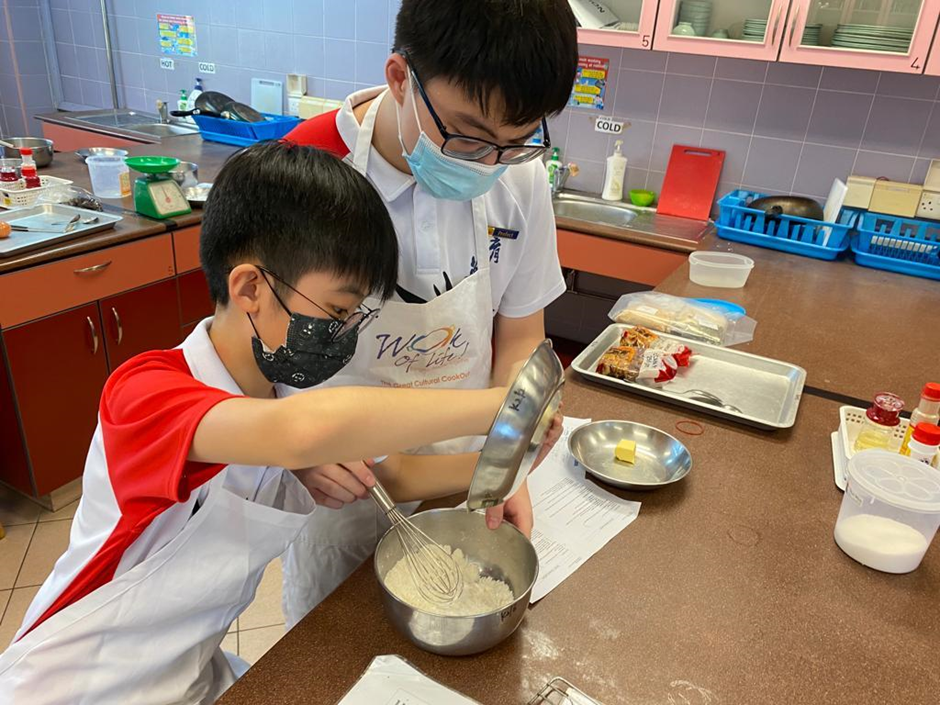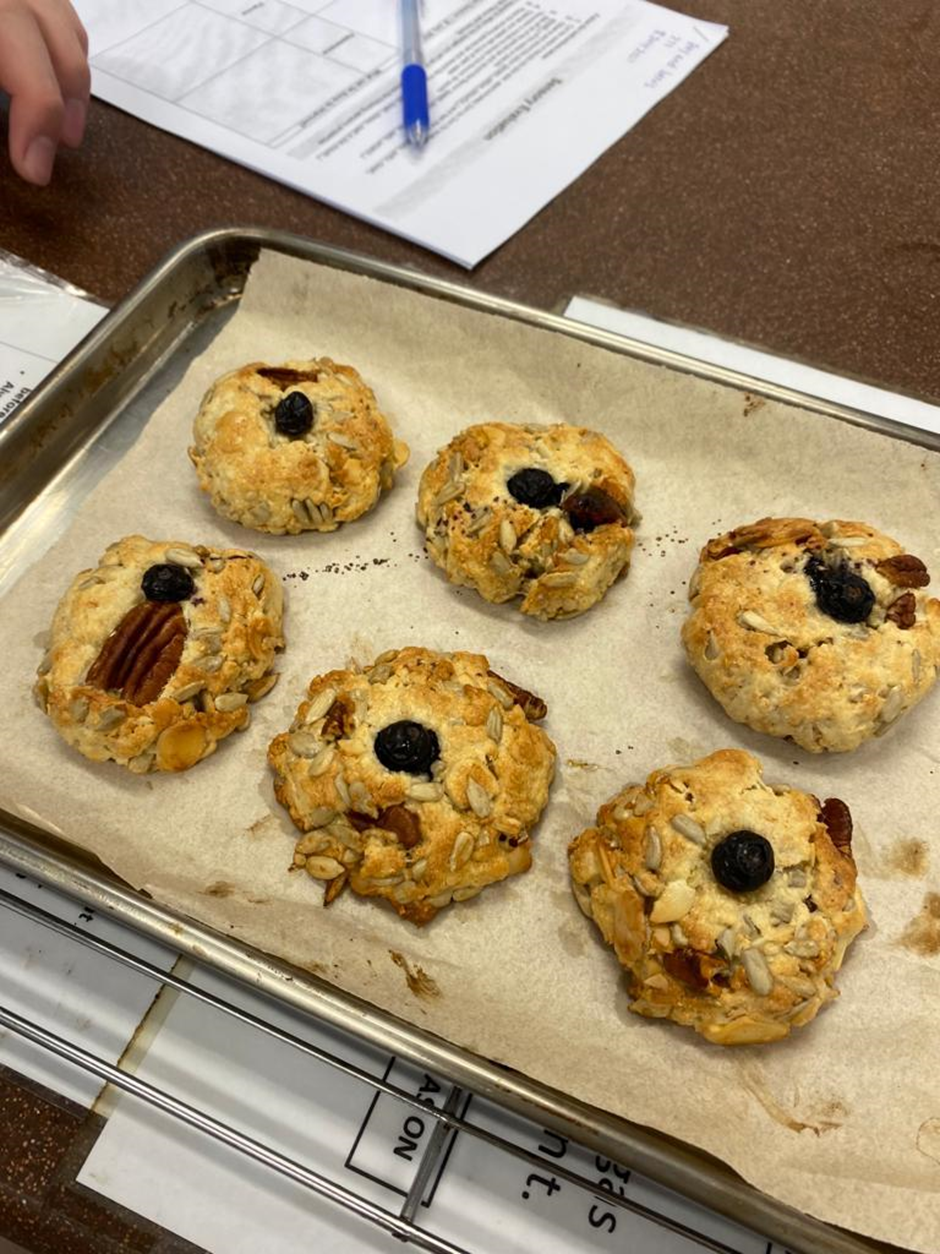Applied Learning Programme
Applied Learning Programme
Fostering Innovation through Design Thinking
ALP Outcomes
- Students apply knowledge learnt across subject disciplines to innovate and create value
- Students are exposed to application of critical and inventive thinking through authentic experiences
- Students apply Design Thinking principles to solve problems
- Students understand innovation and entrepreneurship as value creation
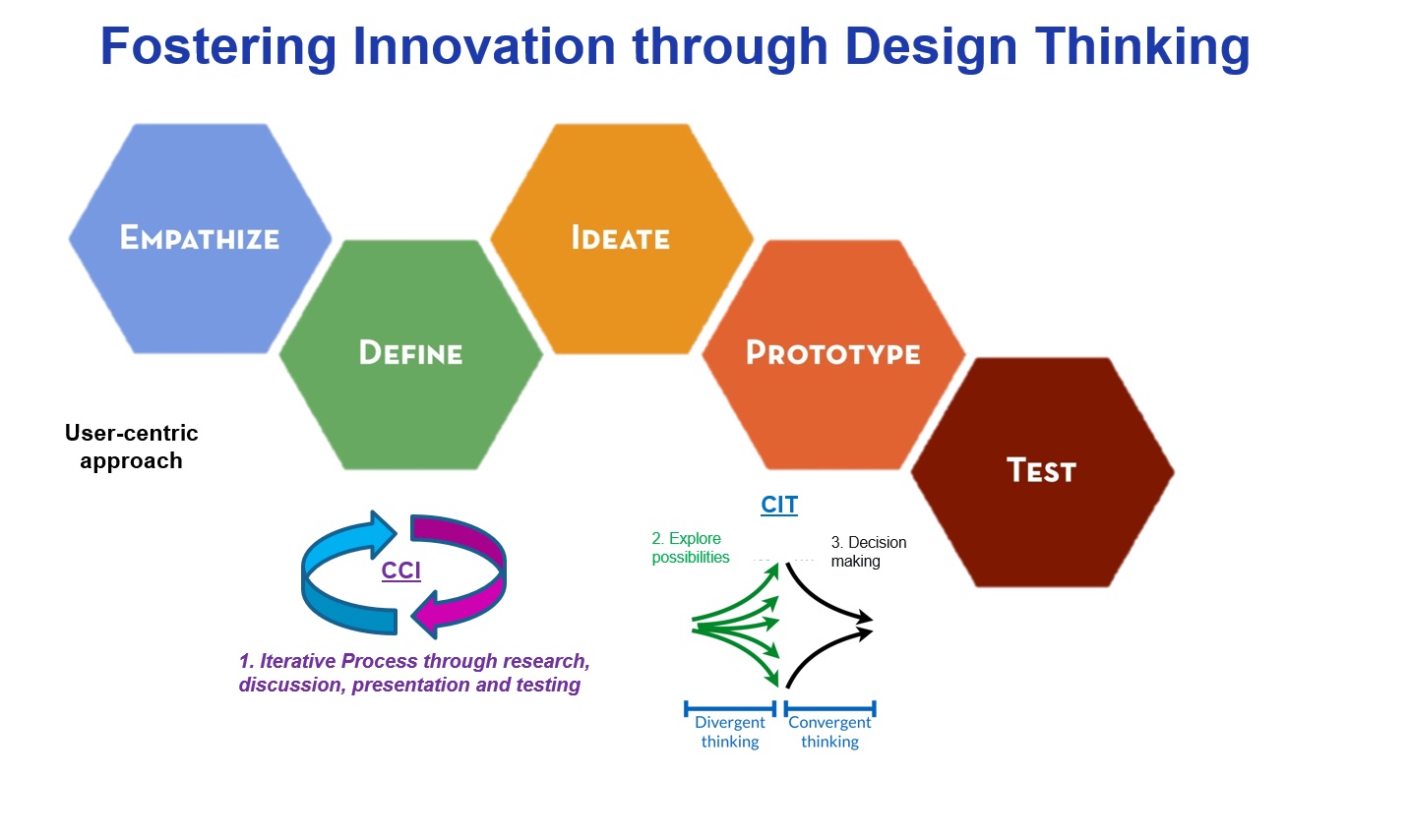
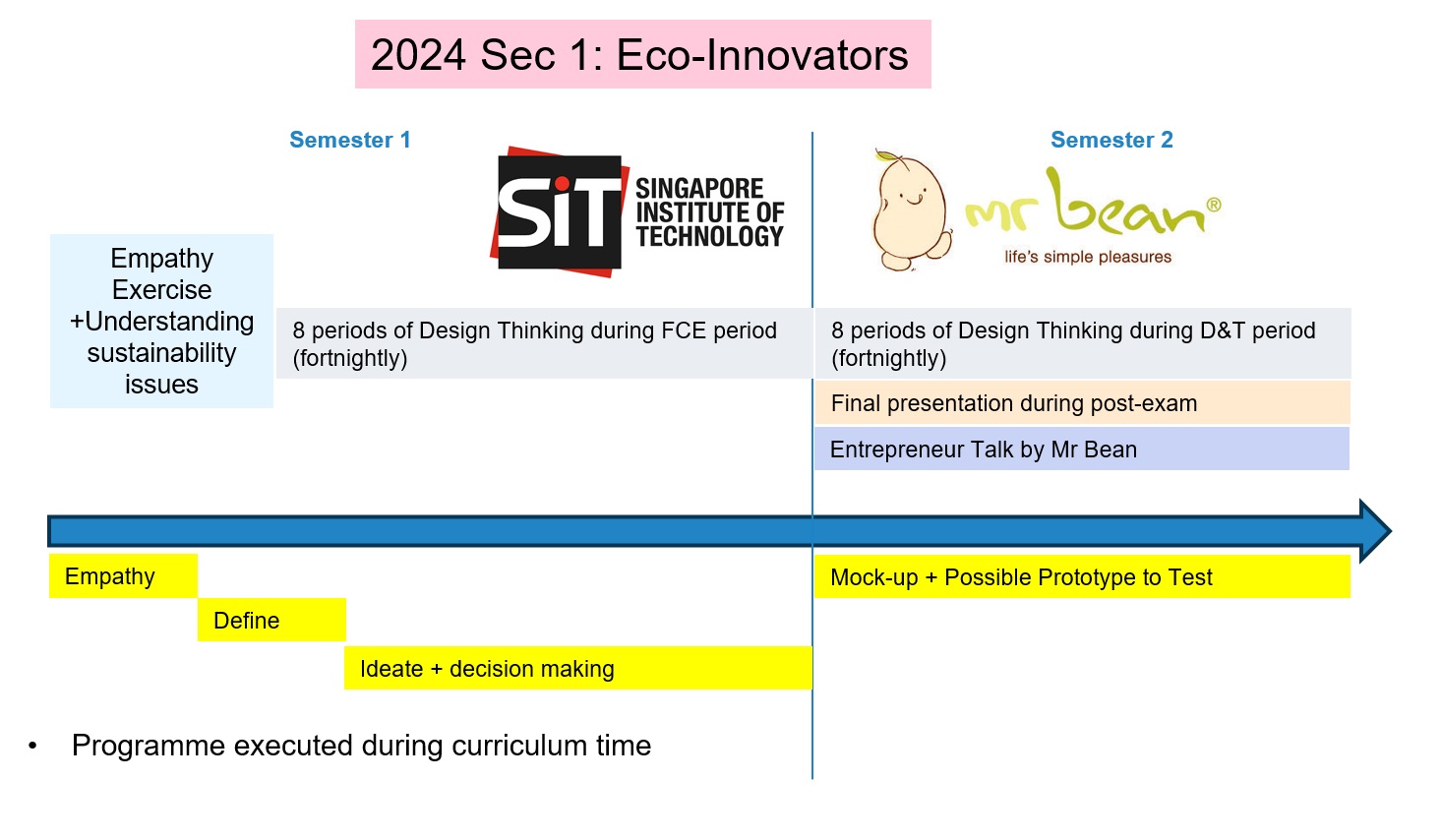
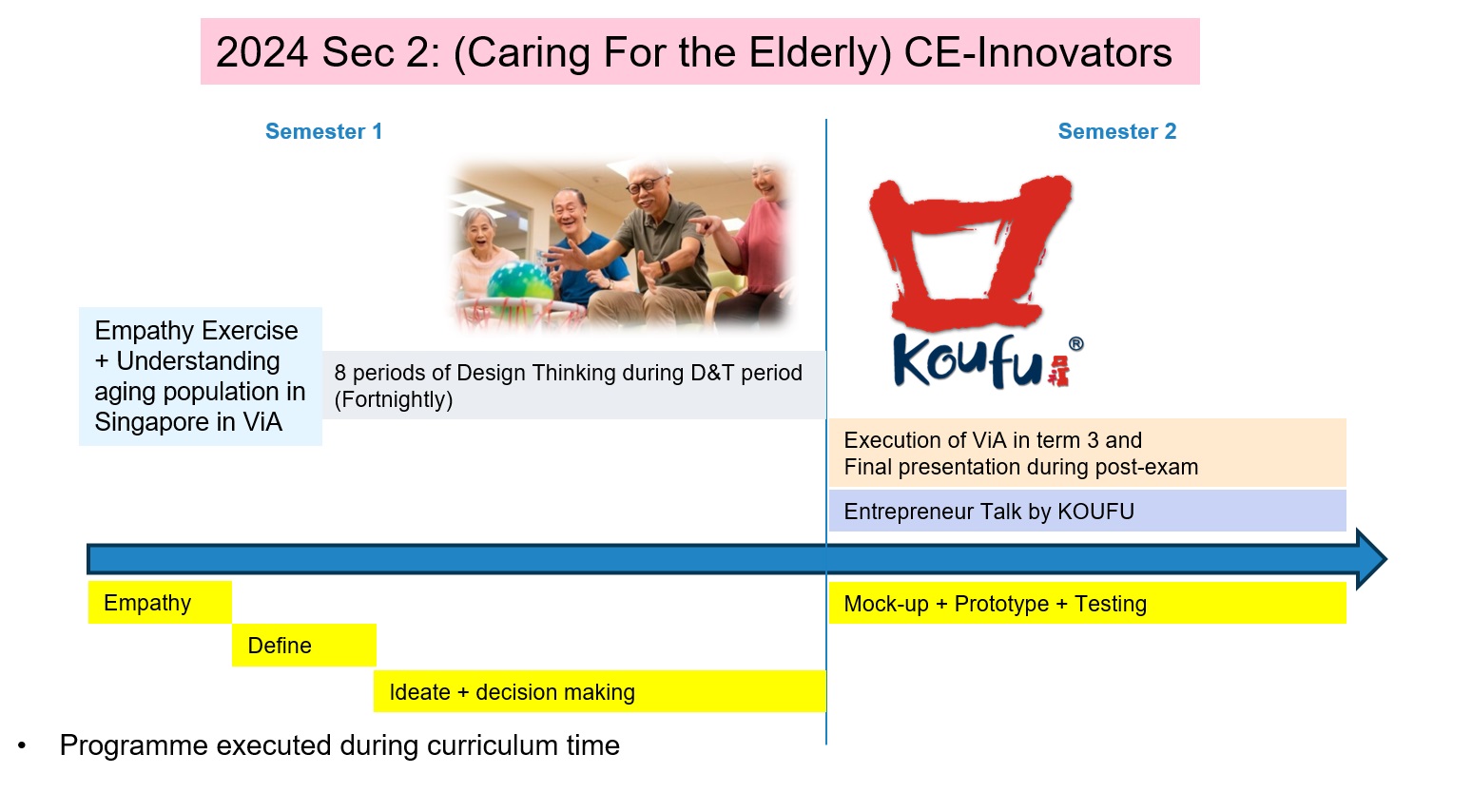
Partnership with Relevant Industries
- Food and Beverage, Product Design, Social Enterprise
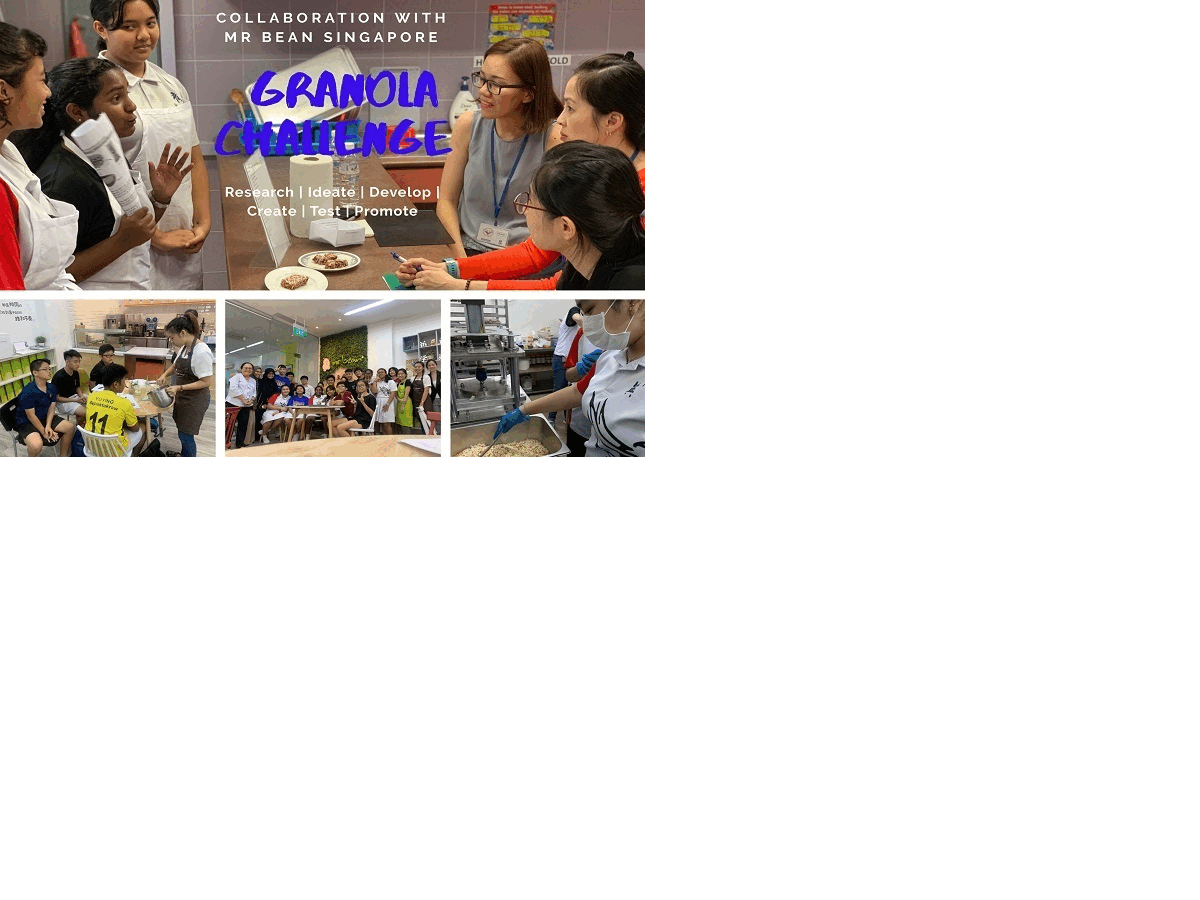
ALP Framework
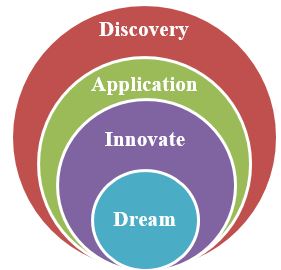
1. Discovery – Ideate and discover possibilities
2. Application – Apply Design Thinking to meet real needs and solve problems
3. Innovate – Innovate and embark on innovation projects
4. Dream – Learn from local entrepreneurs who pursue their dreams and to define their own dream to improve people’s lives
Stages of Development
Stage 1: Ideate
Students learn about concepts such as product design and value creation. They apply brainstorming and ideation techniques to innovate.
Stage 2: Apply Design Thinking
Students apply Design Thinking Process (DT), which consists of these steps: Empathise, Define, Ideate, Prototype, Test . Opportunities are provided for students to gather information from users and analyse their needs. Students take the extra step in consulting (Empathise) and confirming with users what those needs are (Define). Then they proceed to brainstorm and apply ideation techniques to come up with possible solutions (Ideate). They do a prototype (Prototype) and check with users if this prototype is able to meet their identified needs. After users have experience with the product or service, their feedback is sought (Test).
Stage 3: Innovation
Students embark on innovation projects to apply what they have learnt through Design Thinking. These are carried out through school projects and external competitions.
Stage 4: Dream
Students connect design innovation with entrepreneurship. They learn from local entrepreneurs how a business is grown from the idea of value creation and how it benefits groups of people in our community. These are carried out through talks, learning journeys and short attachments or authentic learning experiences. Students are encouraged to reflect on their ALP journey and start looking for problems to solve and where to contribute. They make their own choices and follow their interests and passions, using their strengths and applying Design Thinking to create value.
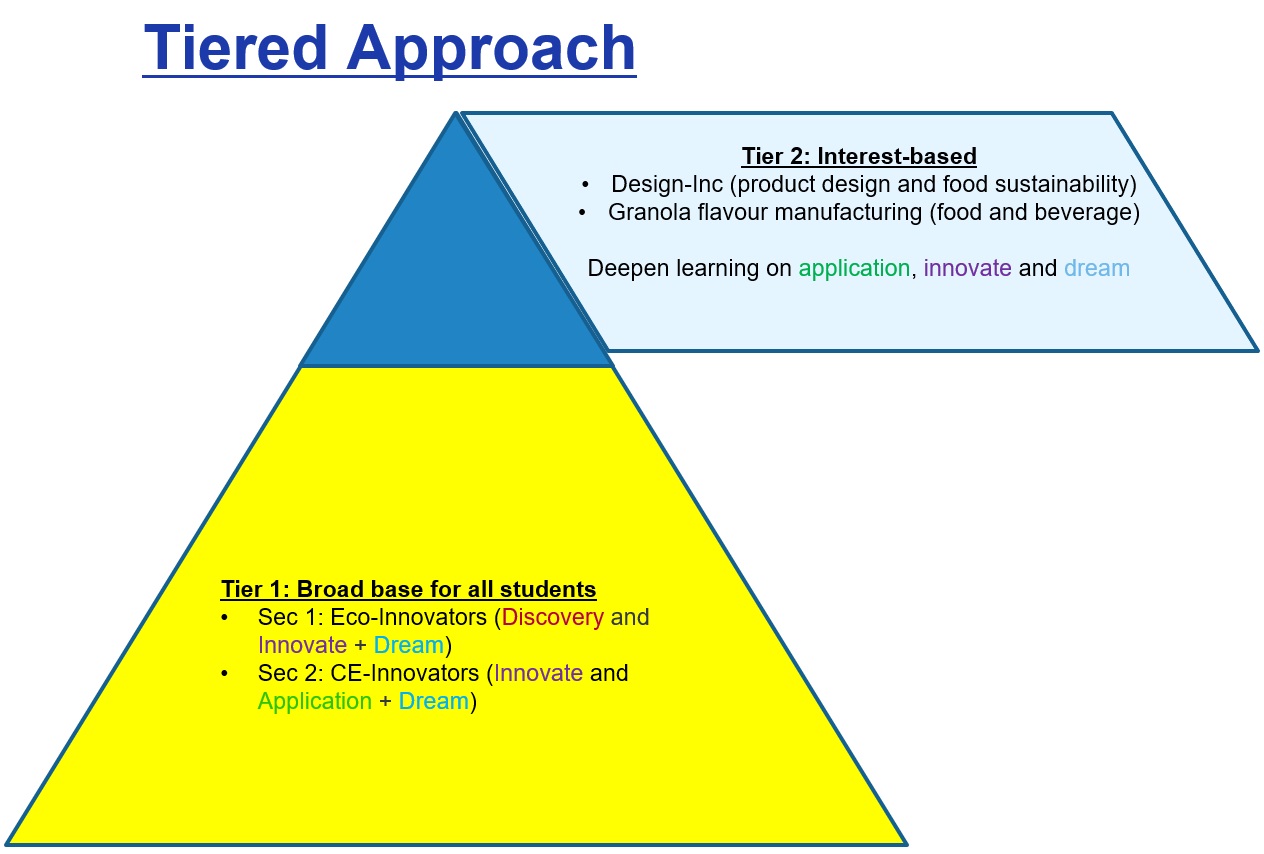
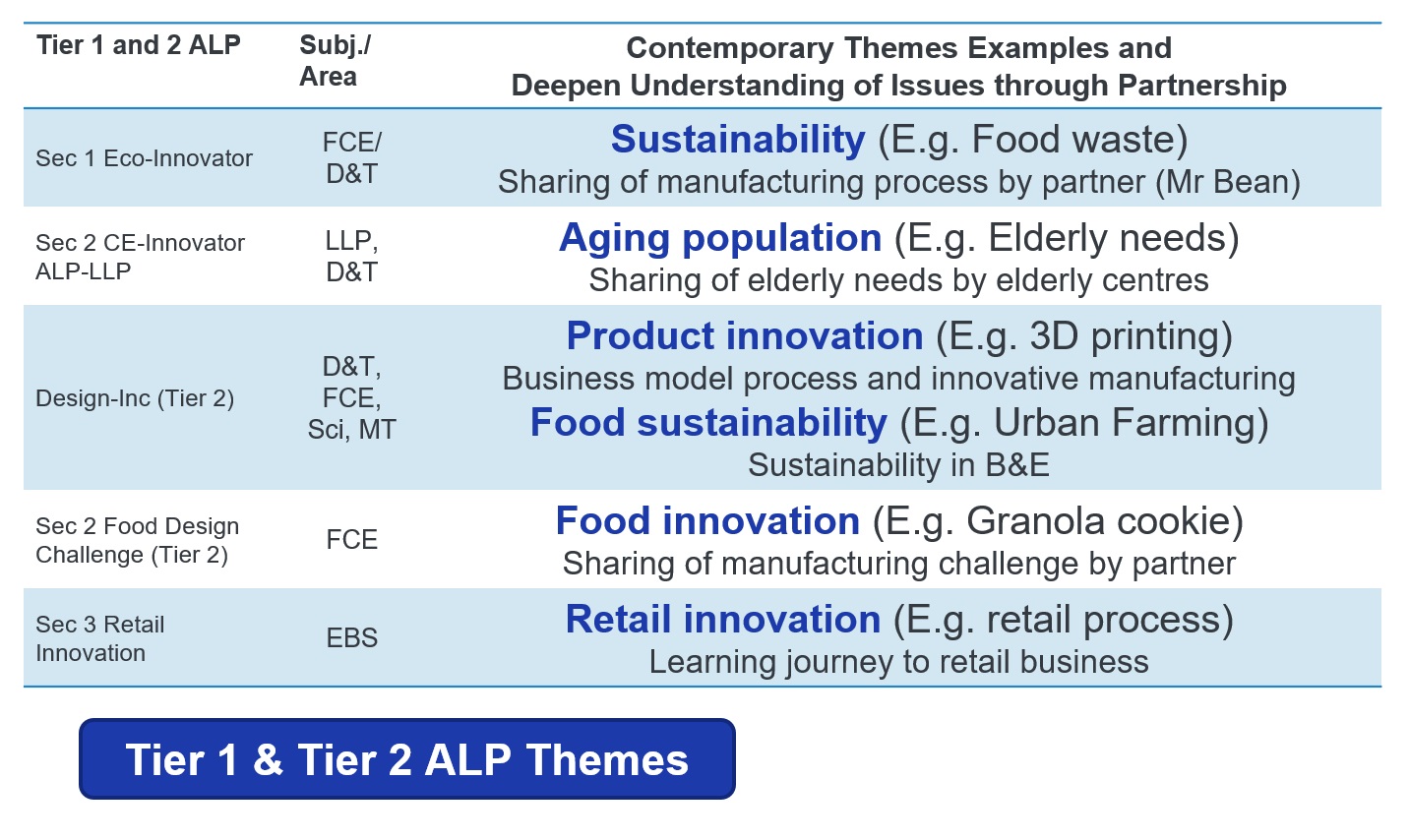
Tier 1 Programmes (for every student)
Sec 1: Food Design Challenge; exploring food flavours, packaging or marketing strategies from given design challenge
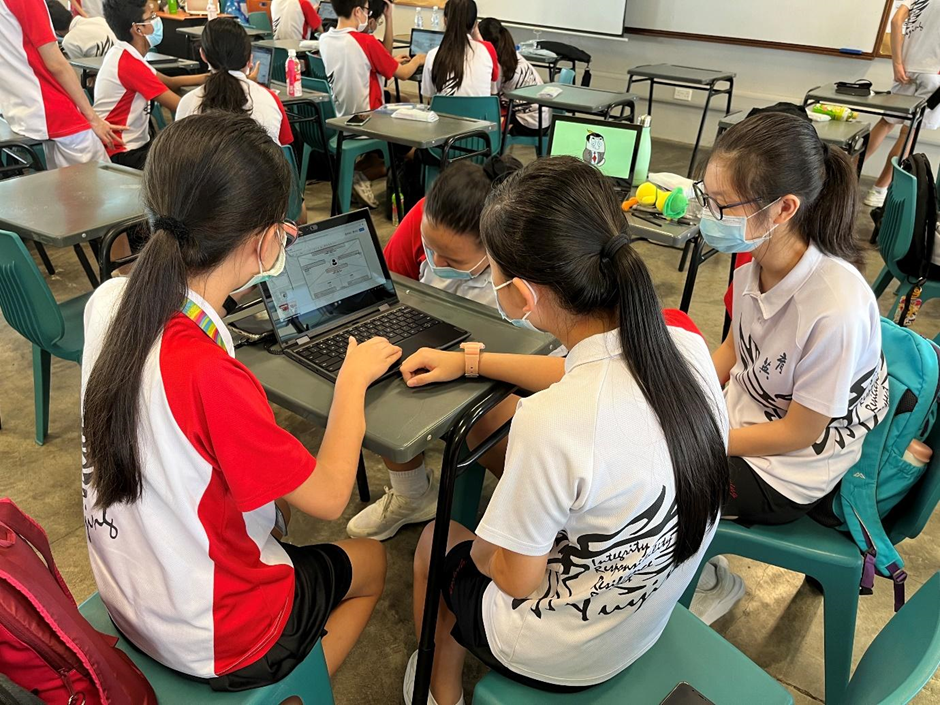
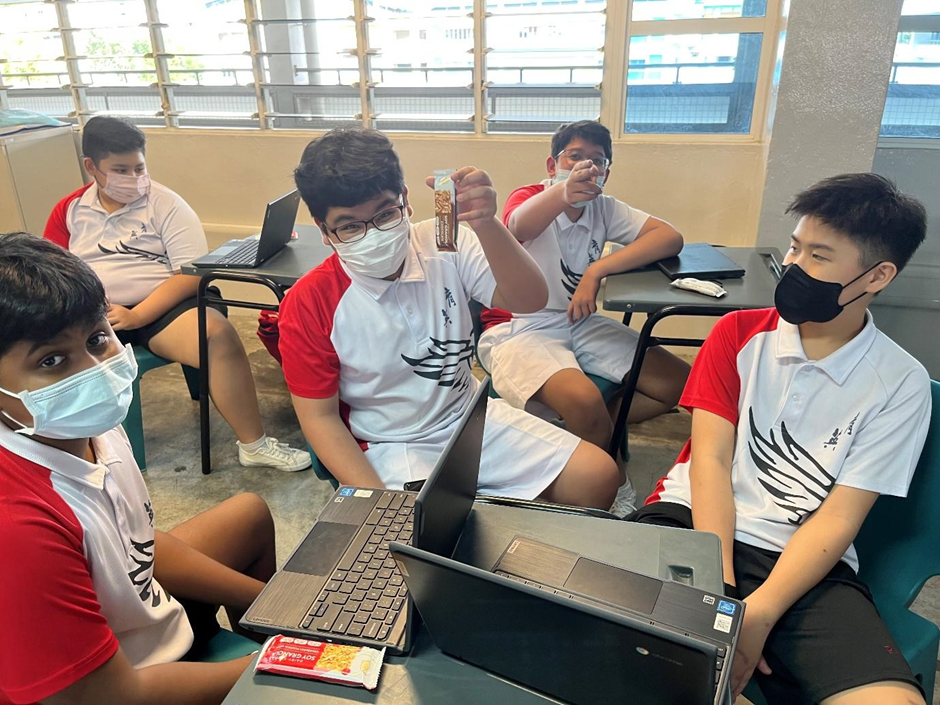
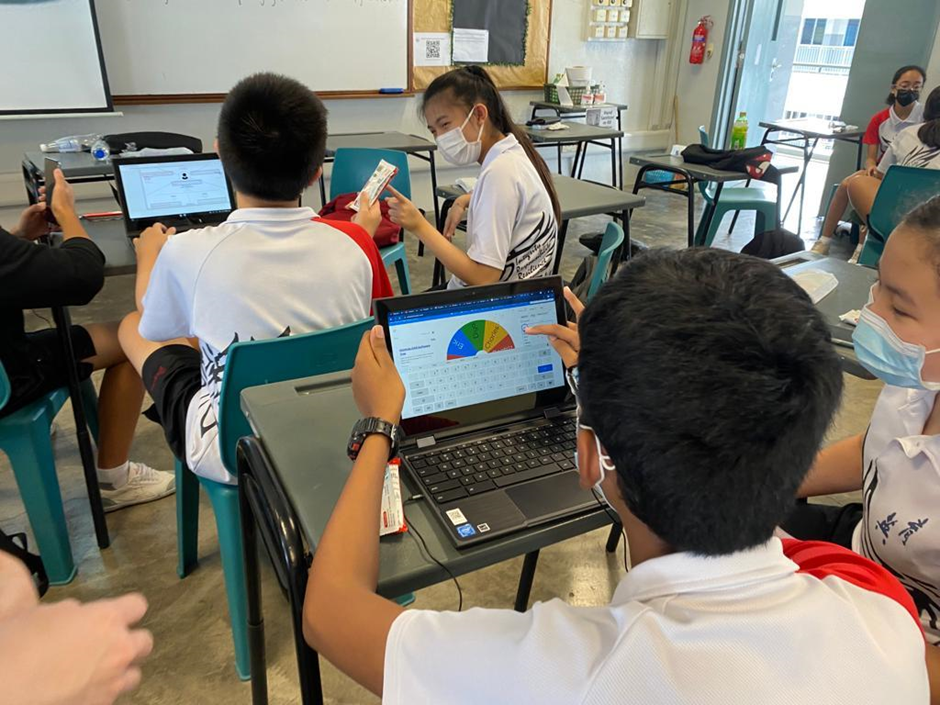
Sec 2: PW-ViA; exploring product/service for the elderly (in collaboration with school’s LLP programme)
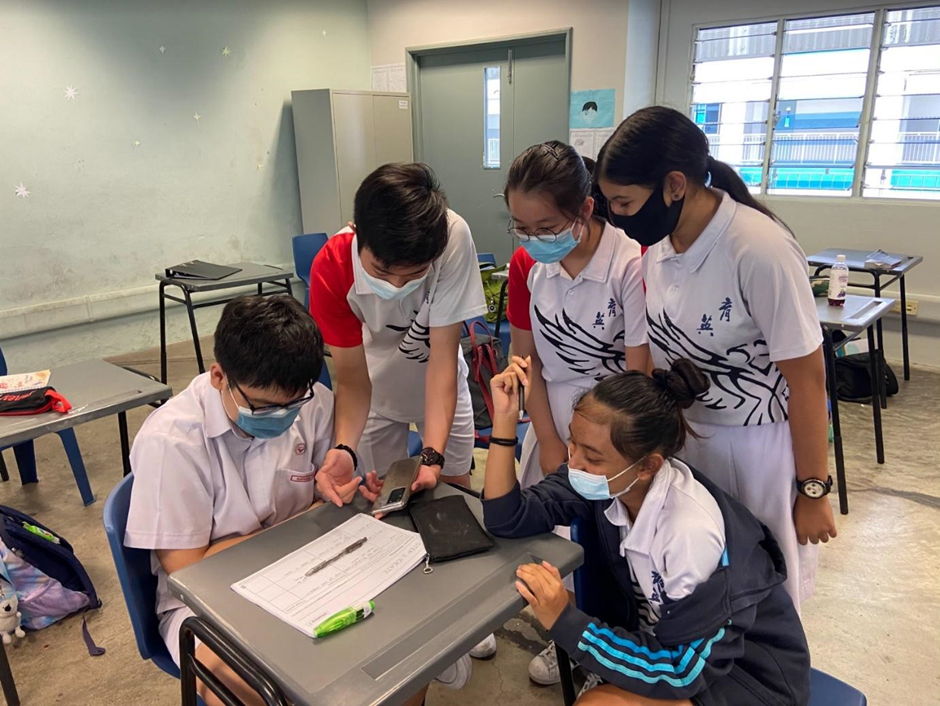
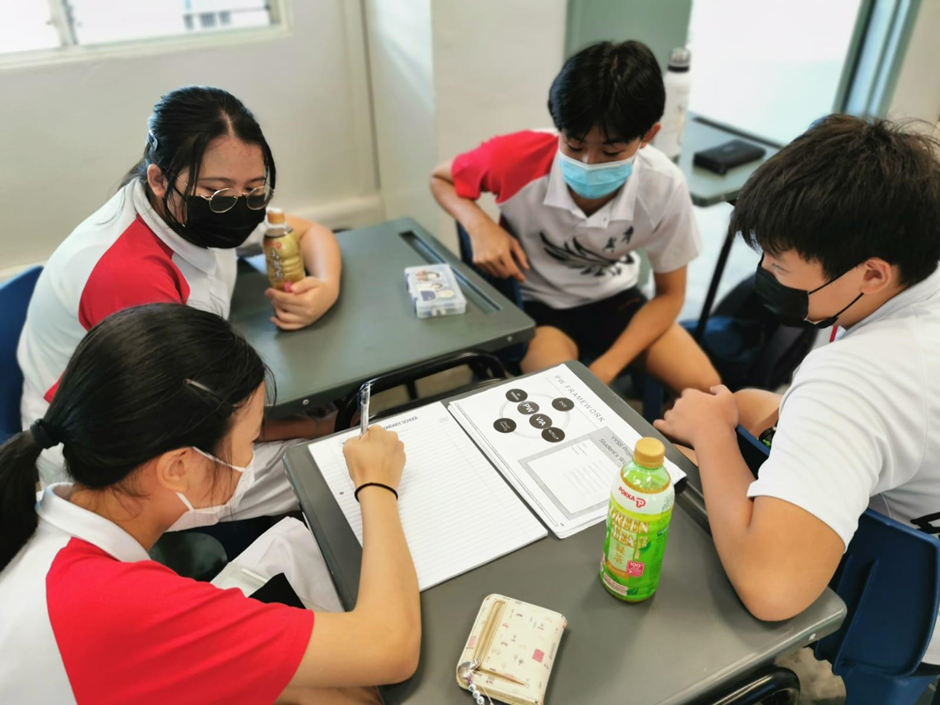
Learn a new skill to teach elderly
Sec 3: Innovation and Entreprise Design Challenge; Brainstorm ideas to resolve real-life I&E challenges
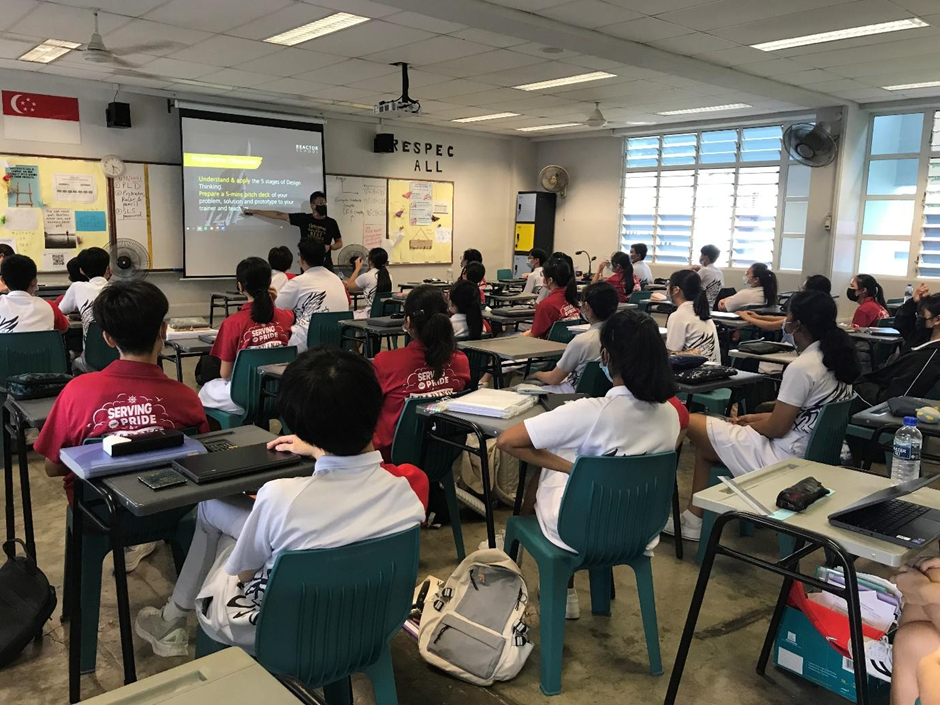
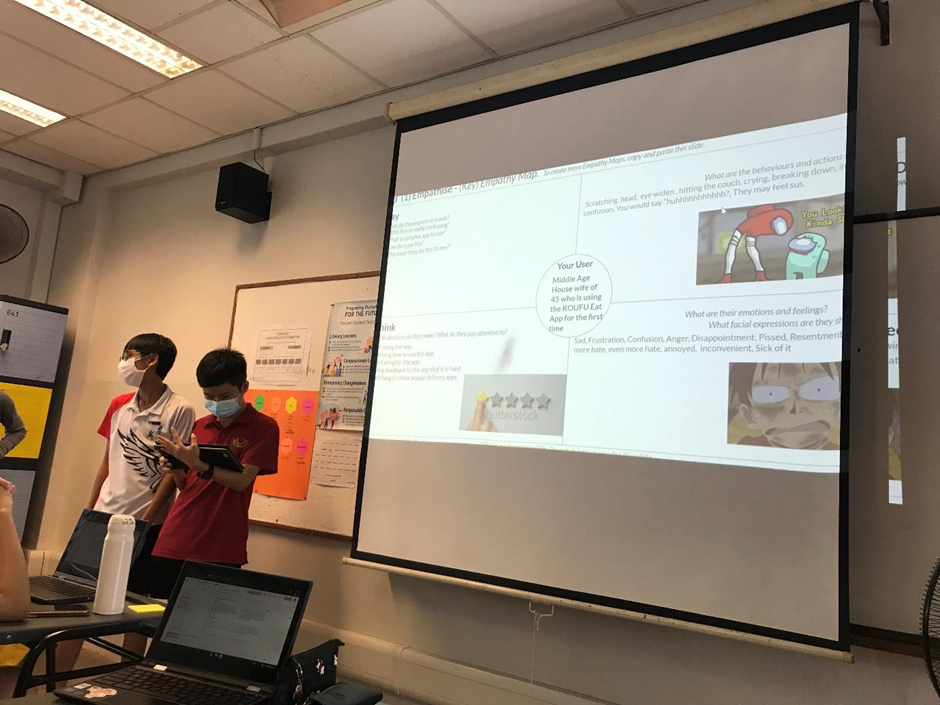
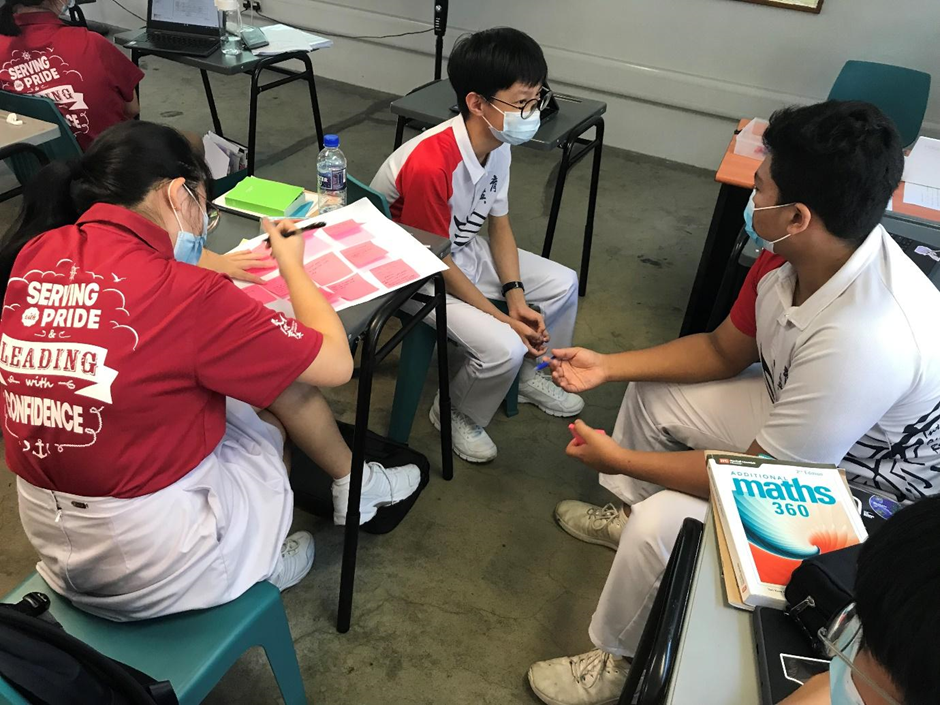
Tier 2 Programmes (for selected group of students)
Design and Entrepreneurship Club

Grow-Inc Club
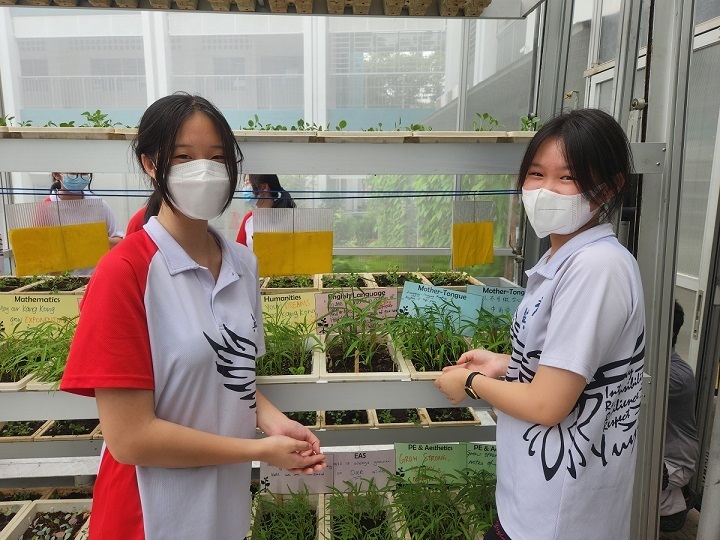
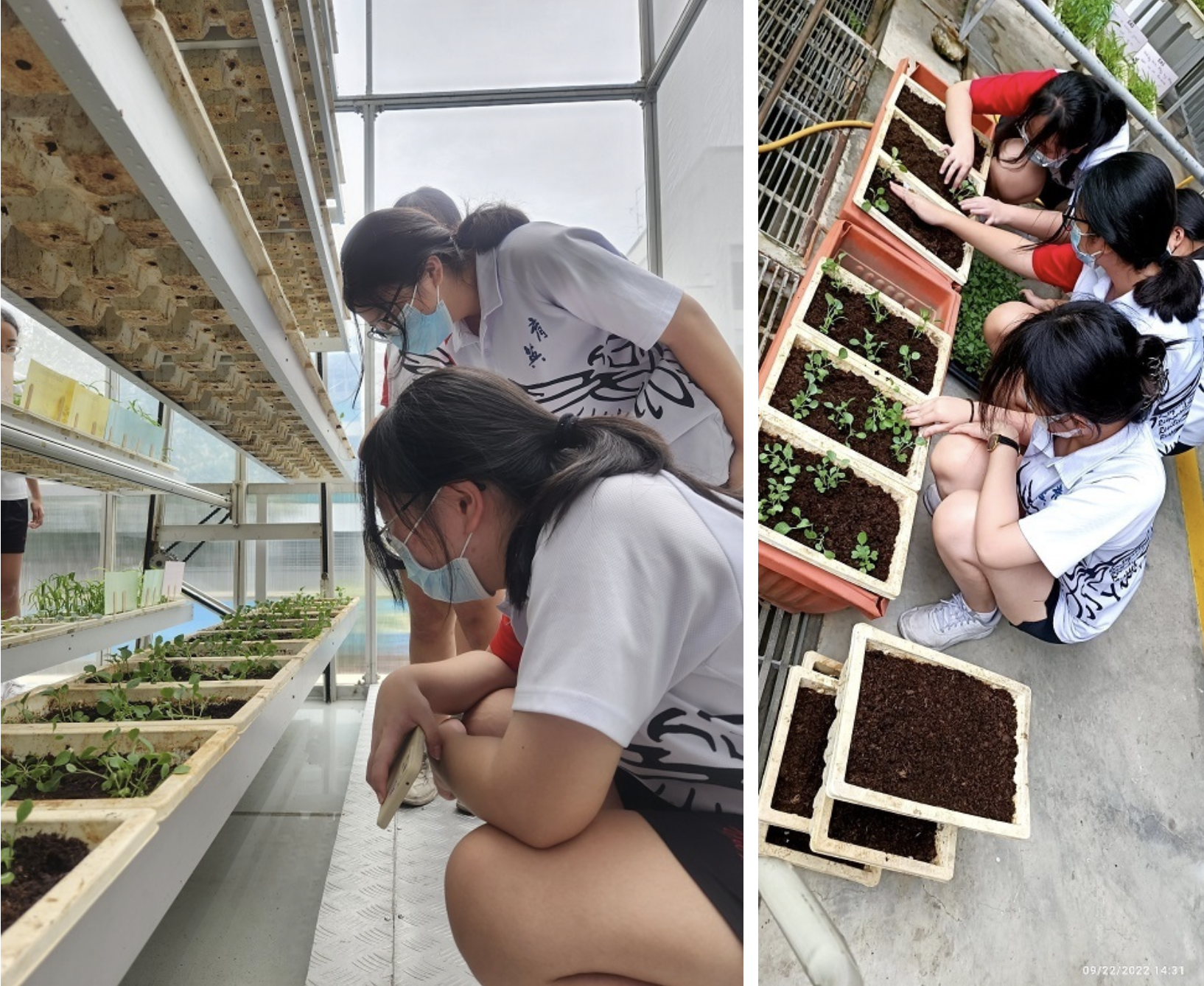
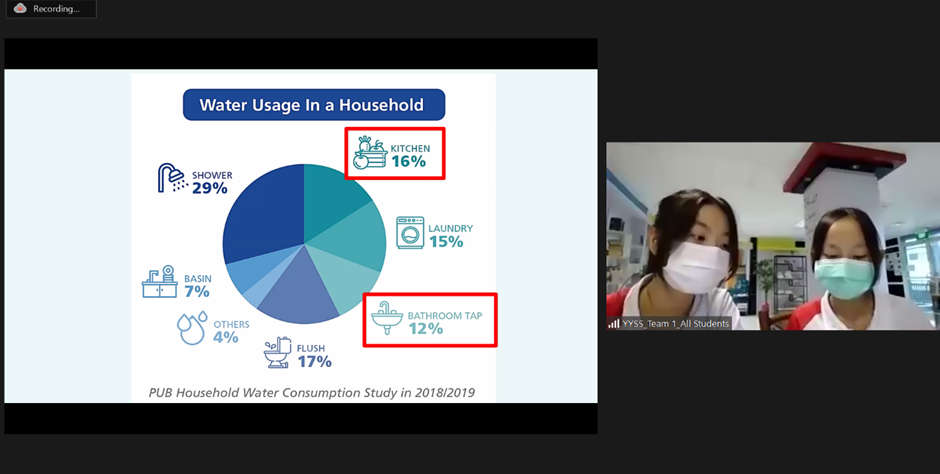
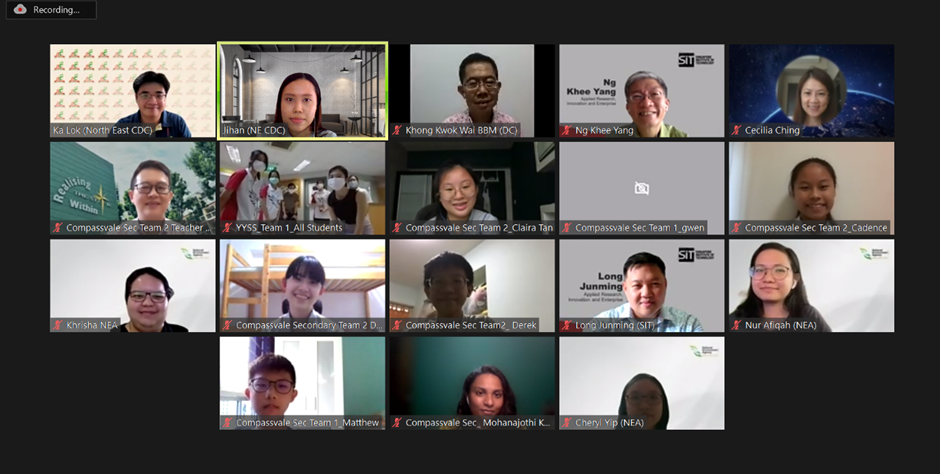
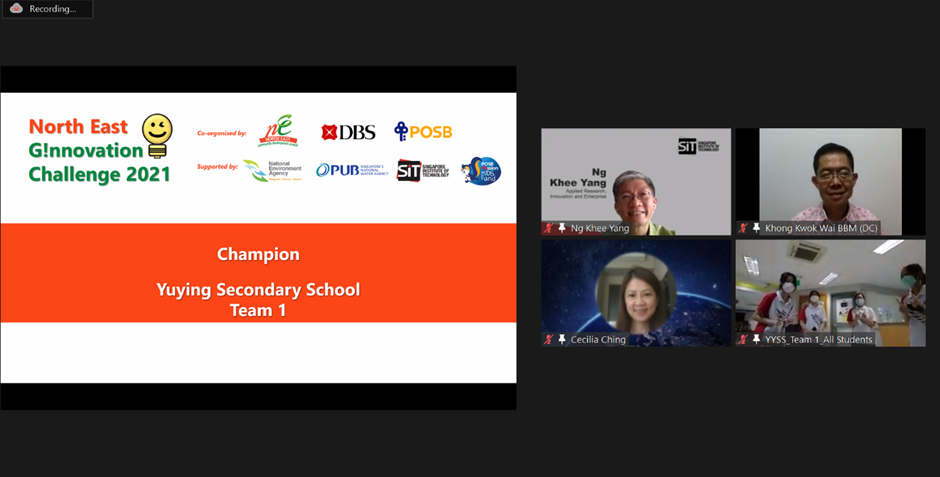
Sec 2 Food Design Challenge
